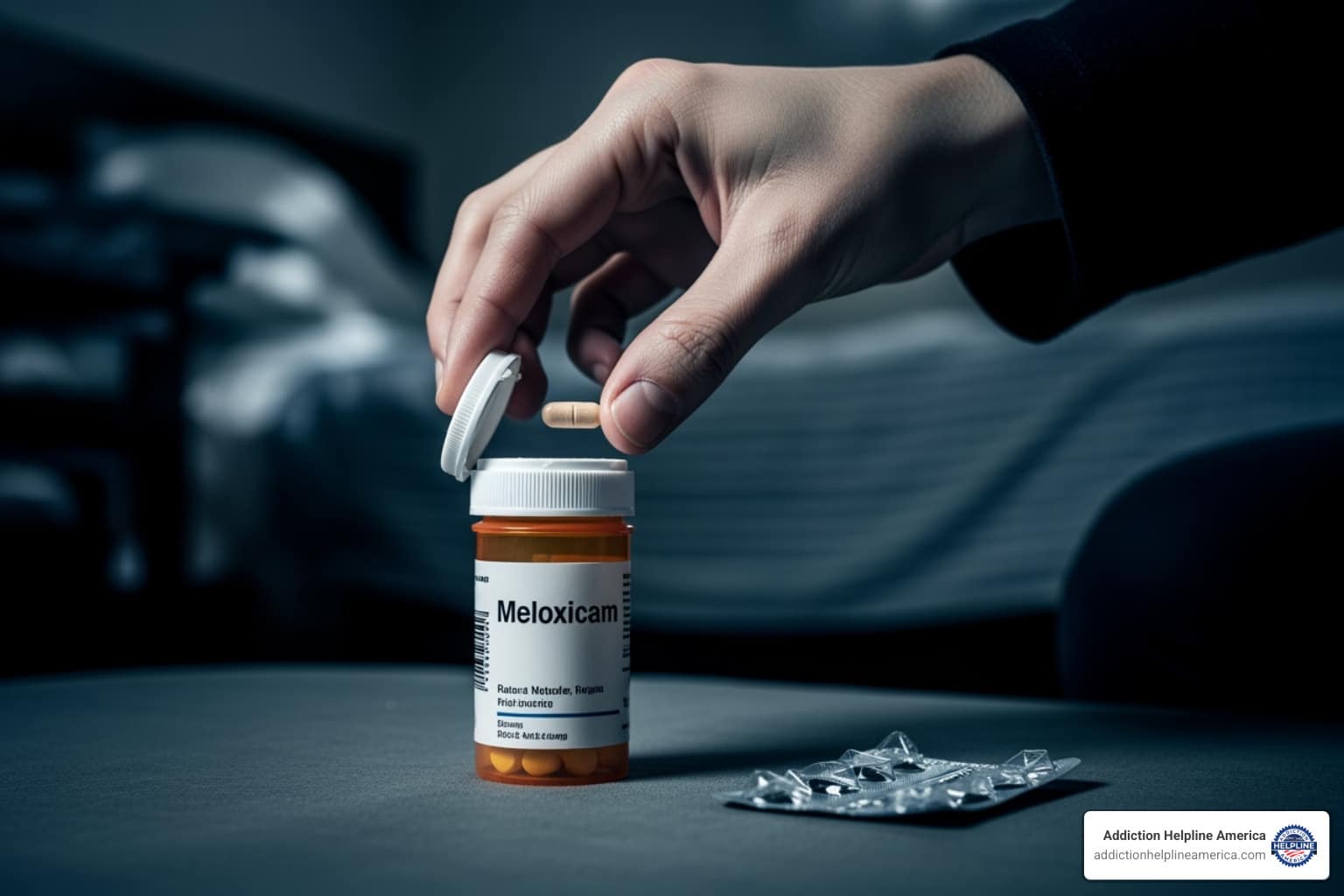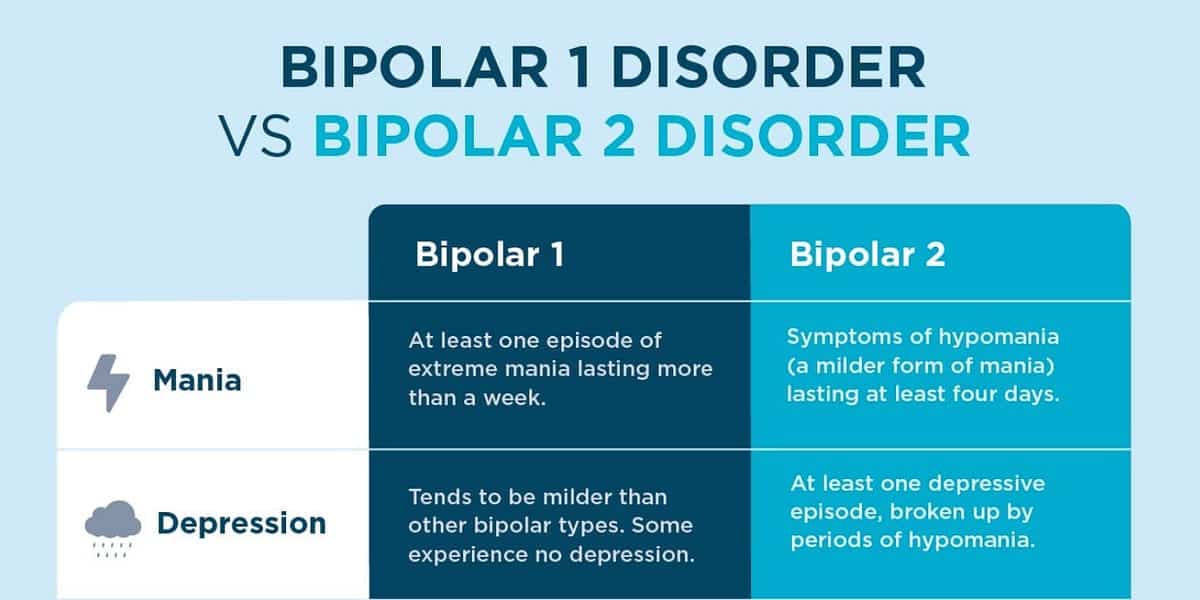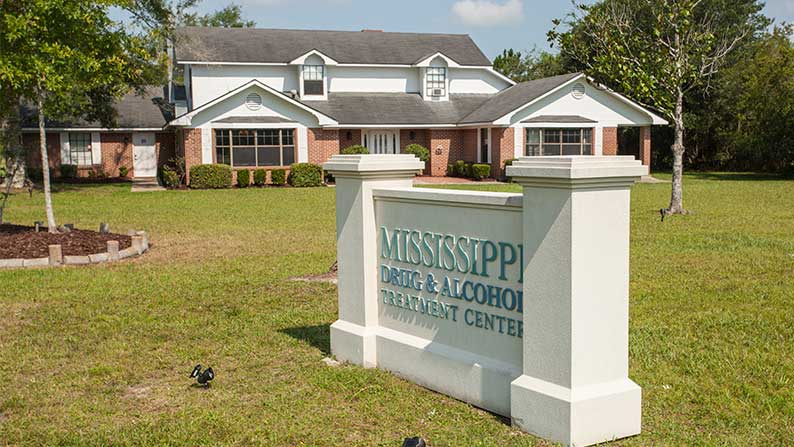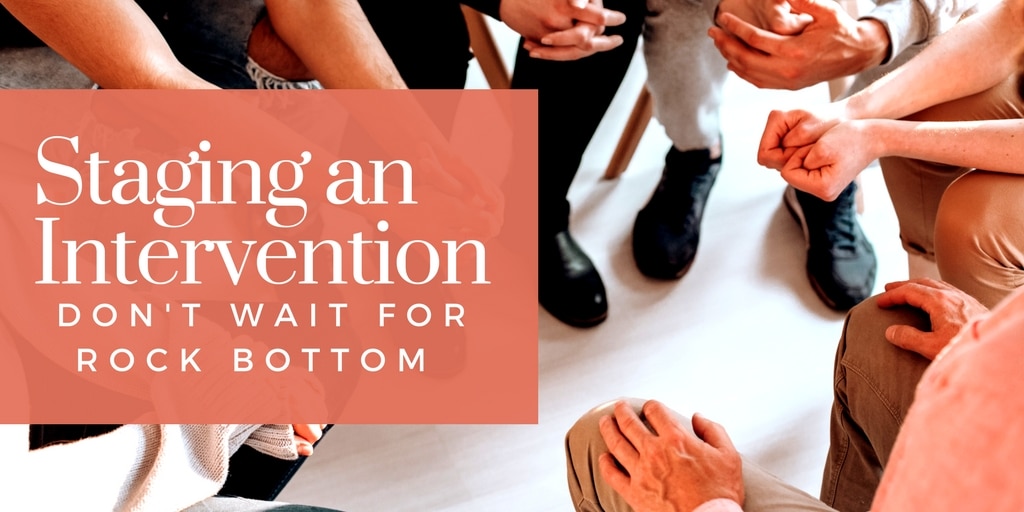
Why Knowing How to Stage Intervention Matters When Addiction Takes Hold
How to stage intervention effectively requires a structured, compassionate approach to motivate a loved one to accept help. Here’s a quick roadmap:
- Assemble a planning team of 3-6 close family members, friends, or a professional interventionist.
- Research and pre-arrange treatment options so you can offer immediate help.
- Write and rehearse personal statements using specific examples and “I-statements” that express concern without blame.
- Choose a neutral location and time when your loved one is likely to be sober.
- Hold the meeting with compassion, present the treatment plan, and clearly state consequences if treatment is refused.
- Follow through with support or boundaries, regardless of the outcome.
Watching someone you love struggle with addiction is heartbreaking, especially when direct conversations are met with denial or anger. An intervention is a carefully planned process where loved ones gather to express concern and offer a clear path to treatment. It’s not about ambushing or shaming; it’s about breaking through denial with love, facts, and a pre-arranged plan.
The goal is simple: help your loved one see they have a problem and accept help immediately. Research shows that professionally guided interventions can be highly successful in convincing someone to enter treatment.
Staging an effective intervention requires knowing who should participate, what to say, and how to respond. Without a clear plan, you risk making the situation worse. At Addiction Helpline America, we’ve guided countless families through this process. Our team of addiction specialists can help you steer this moment with confidence and compassion.
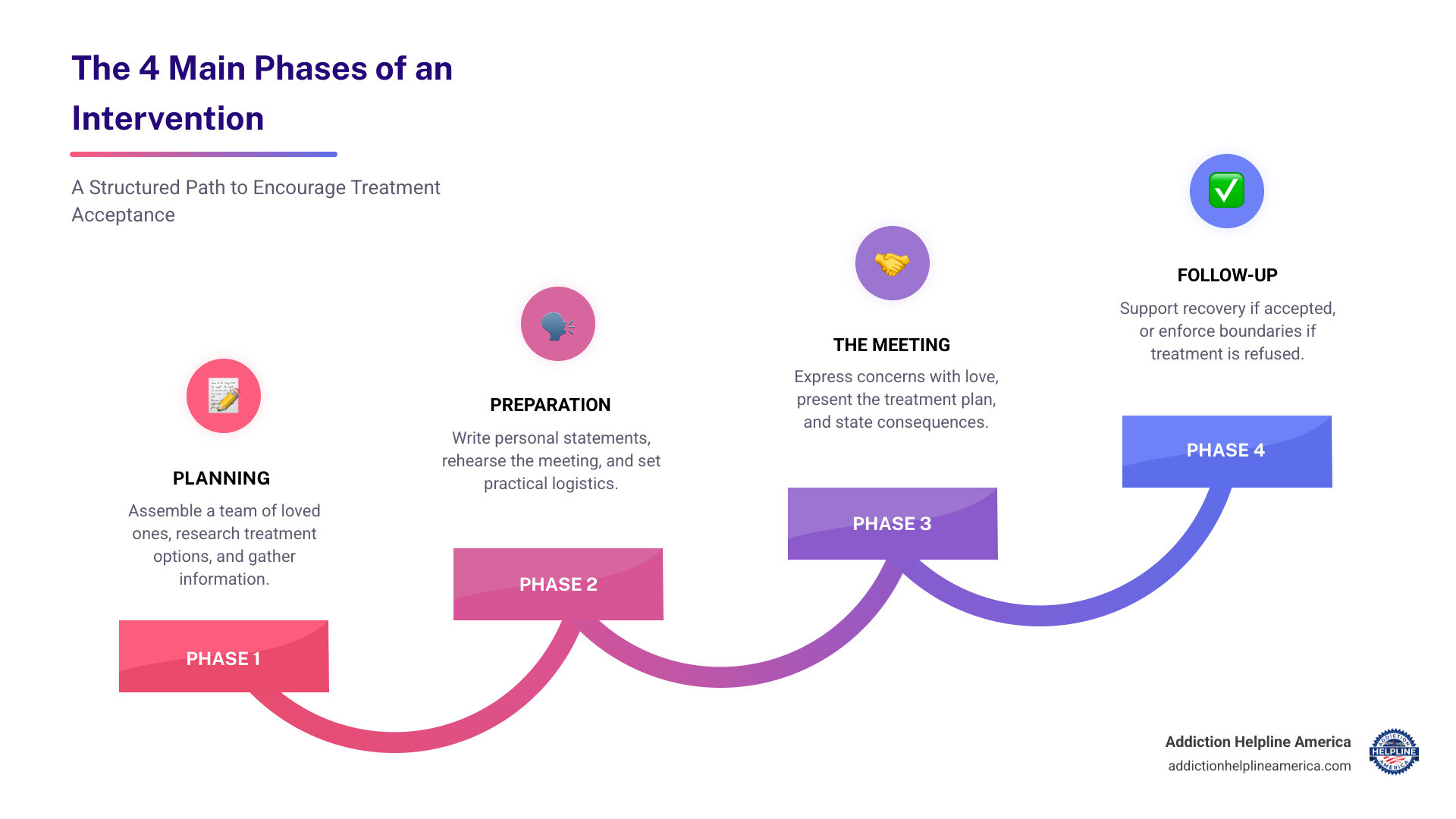
Quick look at how to stage intervention:
Understanding When and Why to Intervene
When learning how to stage intervention meetings, the “why” is simple: you want your loved one to accept help. An intervention isn’t about winning an argument or listing past disappointments. Its job is to break through denial, express genuine love, and motivate treatment.
You are opening a door and showing your loved one a path forward, saying, “We see you’re struggling. We love you. Help is available right now, and we’ll support you through it.”
Before you gather, the team must understand that addiction is a disease, not a character flaw. When the team grasps this, conversations become compassionate instead of accusatory. We encourage everyone involved to learn about your loved one’s condition before the meeting. Understanding how addiction affects the brain helps you approach the conversation with empathy and explain why professional treatment is necessary.
Recognizing the Signs Your Loved One Needs Help
Sometimes the hardest part of knowing how to stage intervention is admitting one is needed. Families experience denial, too. But if these signs are becoming more serious, it may be time to intervene.
- Behavioral changes: They may become secretive, lie about their whereabouts, or grow aggressive when questioned. They might drop old friends for new ones who use substances.
- Physical decline: Personal hygiene may suffer. You might notice significant weight changes or that their eyes appear glassy, unfocused, or drowsy.
- Neglecting responsibilities: They may miss work, forget family obligations, or fail to pay bills. The home may fall into disarray.
- Financial strain: Money may disappear without explanation. They might borrow constantly from family and friends or, in some cases, valuables may go missing.
- Relationship problems: Arguments become more frequent and intense. Your loved one may isolate themselves, pushing away those who care most as trust erodes.
- Denial: Through it all, they minimize their use, rationalize their behavior, or insist everyone else is overreacting. This denial is often the clearest indicator that an intervention is necessary.
If these patterns sound familiar, our Mental Wellness Support: A Complete Guide offers additional resources for families.
Is an Intervention Appropriate?
Not every situation calls for a formal intervention. But when one-on-one talks have failed and the consequences are escalating, it may be time for a more structured approach.
An intervention becomes appropriate when:
- Conversations have repeatedly failed. You’ve expressed your concerns, they’ve made promises, but the pattern continues or worsens.
- Negative consequences are escalating. They may have a DUI, job loss, or health crisis but still refuse help.
- Your loved one is a danger to themselves or others. This could mean driving under the influence, neglecting children, or exhibiting suicidal thoughts. When safety is a concern, waiting is not an option.
- The family is prepared to set and enforce boundaries. An intervention without consequences is just another conversation. You must be ready to follow through.
- The person is deeply entrenched in denial. They genuinely don’t see they have a problem, despite overwhelming evidence, and are trapped in a cycle they can’t break alone.
Staging an intervention is a serious step, but it can be the turning point that opens the door to recovery. For a detailed roadmap, read our Guide to staging an intervention.
The Essential Steps for How to Stage an Intervention
Planning an intervention is a deliberate, structured process that typically takes several weeks. Think of it as building a bridge to recovery, one careful step at a time.
You’ll start by forming a planning group of people who genuinely care about your loved one. This team will research treatment options, coordinate logistics, and make tough decisions. You’ll need to identify suitable programs that fit their specific needs, such as medical detox or dual-diagnosis care, and understand what your insurance covers.
Next, you’ll decide whether to involve a professional interventionist, which can significantly increase your chances of success. The intervention team will then agree on specific, enforceable consequences if your loved one refuses treatment. This is difficult but essential.
Each team member will prepare a written statement expressing their concern, and you should rehearse together to present a united, calm message. Finally, you’ll choose a date, time, and location for the meeting, aiming for a time when your loved one is likely sober.
The last step is to follow through. If they accept help, you transport them to treatment immediately. If they refuse, you must implement the agreed-upon consequences to stop the enabling that allows the addiction to continue.

Assembling Your Intervention Team
Who you include on your team is critical. Aim for 4 to 6 people your loved one respects, such as parents, a spouse, adult children, or close friends. The key is that everyone shares a genuine concern and is committed to following through on consequences.
Knowing who not to include is just as important. Exclude anyone who is actively using substances, struggles to control their emotions, or is disliked or distrusted by your loved one. Children should not participate directly due to the emotional weight. Our Find Best Addiction Rehab Guide can help you identify resources as you build this group.
The Role of a Professional Interventionist
While families can stage interventions on their own, a professional interventionist brings expertise, objectivity, and calm to an emotional situation, dramatically increasing the chances of success.
Consider hiring a professional if your loved one has a history of violence, serious mental illness (like bipolar disorder or schizophrenia), or suicidal thoughts. A professional is also vital in cases of polysubstance abuse or if family dynamics are extremely strained.

A professional does more than facilitate the meeting. They structure the planning process, educate the team, manage emotions during the intervention, and help facilitate immediate admission to treatment. To find a qualified interventionist, ask for recommendations from trusted doctors or therapists, or search through the Association of Intervention Specialists. When vetting candidates, ask about their experience, process, and fees. Our Professional Intervention Services can also connect you with experienced professionals.
How to Stage an Intervention: Preparing What to Say
The words you choose carry enormous weight. This is not the time to improvise.
Each person should write down what they want to say in an impact letter. This keeps the message focused and helps manage emotions. The key is using “I-statements” instead of “you-statements.” For example, instead of “You always lie,” say, “I feel hurt when I find inconsistencies in what you tell me.” This expresses concern without accusation. You can learn more about how to use I-statements effectively through our guide.
Ground your words in specific, factual events. Don’t say, “Your drinking is out of control.” Instead, try, “I was hurt when you missed our family dinner last Tuesday because of your drinking.” Facts are harder to dismiss than opinions.
Every statement should ultimately express love and concern. A good letter might start with, “I love you, and it breaks my heart to see you struggling.” Avoid blame, shame, and judgment at all costs. Your role is to offer a hand up, not to kick them while they’re down.
Finally, practice out loud with your team. Rehearsing helps you give feedback, ensure a consistent message, and practice staying calm under pressure.
Conducting the Meeting and Managing Outcomes
This is the moment all your planning has led to. The intervention meeting requires both courage and compassion to steer effectively.
Set a compassionate tone from the start. An interventionist or a designated calm family member should open by lovingly explaining why everyone is there. Your body language matters—keep your posture open and make eye contact to help lower your loved one’s defenses.
Sticking to the plan is crucial. Each person should take turns reading their prepared statements. This is not the time to improvise or add new grievances. Addiction is a health problem, which can make it easier to remain gentle and compassionate, even in the face of a defensive reaction.
Most interventions should last between 60 and 90 minutes. Any longer, and the meeting loses its effectiveness as fatigue and anger can set in. After everyone has spoken, present the treatment plan. Have specific, pre-arranged options ready, such as inpatient rehab, outpatient counseling, or detox. Be prepared to act immediately, as motivation can fade quickly.
Prepare for objections like denial (“I don’t have a problem”) or anger (“How dare you ambush me!”). Have calm, rational responses ready. A professional interventionist is invaluable here, as they can guide the conversation back to the core message: “We love you, we’re worried, and we want to help you get better.”
Common Mistakes to Avoid
Knowing how to stage intervention meetings also means knowing what not to do. Avoid these common pitfalls:
- Being impulsive or unprepared: An effective intervention requires weeks of planning, rehearsal, and coordination. Don’t just hope for the best.
- Arguing or getting emotional: The intervention is not the place to vent your anger or hurt. Base everything in love and support, not shame.
- Guilt-tripping or shaming: Accusations like “You’ve ruined this family” will only push your loved one deeper into denial. Focus on specific behaviors and their impact.
- Being vague about consequences: Be crystal clear about the boundaries you will enforce. For example: “If you don’t accept treatment today, you can no longer live in our home.”
- Holding the meeting when the person is intoxicated: Your loved one needs to be as clear-headed as possible. Choose a time when they are likely to be sober, often in the morning.
- Using labels: Avoid words like “alcoholic” or “addict,” which can trigger defensiveness. Focus on the behavior, such as “your drinking.”
- Diverging from the script: Stick to your prepared statements to keep the meeting on track and productive.
An intervention should be rooted in love, honesty, and support, never coercion or shame.
What If They Refuse Treatment?
It’s heartbreaking if your loved one says no, but the intervention is never a “failure.”
Enforcing consequences is the most critical next step. If your loved one refuses help, the entire team must follow through with the boundaries you outlined. These are not punishments; they are protective measures to stop enabling the addiction and allow your loved one to feel the full weight of their choices. This might mean no longer providing financial support, asking them to move out, or reducing contact until they seek help.
If the team is not consistent, it sends the message that the addiction doesn’t have real consequences, which can enable the substance use to continue.
Even if they refuse, the intervention forces them to acknowledge the problem and plants a seed for future change. Critically, it helps the family begin its own healing process by setting healthy boundaries.
Keep the door open for help. While you enforce boundaries firmly, let your loved one know that the moment they are ready, you will be there to support them. You can love someone deeply while refusing to enable their addiction.
Take care of yourself during this time. You cannot support anyone effectively if you are emotionally depleted. Seek support from friends, therapists, or groups like those found here: find support at a family support group. Your well-being is not selfish; it’s necessary.
After the Intervention: The Path Forward
The intervention meeting is just the beginning of the healing journey. What happens next is crucial for everyone involved.
If your loved one agrees to treatment, you must act immediately. Have transportation ready to take them to the pre-arranged facility within hours. Their bag should be packed, and admission paperwork should be underway. This urgency is critical, as the window of willingness can close quickly.
Recovery is a long-term process that requires ongoing support. Addiction affects the entire family, and healing those dynamics takes time and effort. Family therapy is a valuable tool for addressing hurt, resentment, and broken trust. It helps everyone learn healthier ways to communicate and support recovery. We offer information on various Types of Addiction Therapy that can benefit the whole family.
Support groups are also vital. For your loved one, groups like AA or NA offer a community that understands the daily challenges of sobriety. For family members, groups like Al-Anon or Nar-Anon provide a place to share experiences and learn from others. You can find support at a family support group near you.
It’s also important to celebrate milestones, understand that relapse can be part of the journey, and create a supportive home environment by removing triggers and establishing healthy new routines. Our Intensive Outpatient Program: A Complete Guide can help you understand what ongoing treatment might look like.
Exploring Different Intervention Approaches
When people think about how to stage intervention, they often picture one specific method, but several approaches exist. The right one depends on your family’s unique situation.
| Intervention Model | Description | When it might be suitable |
|---|---|---|
| Johnson Model (Confrontational) | The classic approach where the family confronts the person, presents evidence of harm, and offers a pre-arranged treatment plan with consequences. | When the person is in deep denial and previous gentle conversations have failed. |
| ARISE Model (Invitational) | A gentler, collaborative approach where the person is invited to participate in the planning process from the beginning. | When the relationship is relatively strong and the person has some awareness of their problem. |
| Systemic Family Model | Views addiction as a family system issue. The entire family participates in ongoing therapy to address underlying dynamics and enabling behaviors. | When codependency is significant or when multiple family members have mental health or addiction issues. |
| CRAFT (Community Reinforcement and Family Training) | Teaches family members skills to encourage treatment through positive reinforcement for sober behavior and allowing natural consequences for substance use. | When a person refuses a formal intervention or when a less confrontational, long-term approach is preferred. |
A professional interventionist can help you determine which approach is best for your family.
At Addiction Helpline America, we understand that recovery is a family journey. We’re here to support not just your loved one, but you as well, with resources, guidance, and connections to the ongoing support services your family needs to heal together.
Our helpline is 100%
free & confidential
If you or someone you care about is struggling with drug or alcohol addiction, we can help you explore your recovery options. Don’t face this challenge alone—seek support from us.
Programs
Resources
Will my insurance
cover addiction
treatment?
We're ready to help
Find the best
drug or alcohol treatment
center
Are you or a loved one struggling with addiction? Call today to speak to a treatment expert.




